Categorizing yarns, into two types-staple and filament, sometimes becomes challenging to distinguish. We can classify yarn based on different segments like size, type, durability, and whatnot. Yarns, being the continuous structure of organized fibers, affects fabric in a series of process. In this context, we will know about Staple Yarn Vs Filament Yarn. Before that let's know what is staple yarn.
Table Of Contents
What is Staple Yarn?
Fiber which tends to be experimental and limited in length refers to as Staple Fiber or spun yarn. Such yarns create fibers in a short length by attaching a lot of fibers.
It is a continuous process of overlapping fibers. All fibers, except for silk, come from natural sources like- wool, linen, and cotton. To create a staple yarn, artificial fibers are cut into a length that favors the staple fiber’s length size.
Most of cases, fibers are bound by an S or Z twist. In the case of S-twist, threads go up and left. In the case of Z twist, threads go up and to the right. There can be a single or many types of fibers in a process. In such processes, there is much-needed spinning to create the exact staple yarn.
Cotton-System Filament Yarn
In this yarn system, cotton fabrics tend to be smoother and finely combed. With spikes together, fibers are gone through rollers. After that, there is a step named opening and cleaning where trash is being removed. Then, in the carding phase, we pass the fibers through some wires to align them.
The entire process simply relates to the wool fibers spinning system. For staple yarn, manufacturers use the ring spinning method mostly. This method is relatively slow and not inexpensive. To twist staple yarns, manufacturers use the open-end spinning method. In this method, an air stream carries fibers into a rotor spinning section. So these two manufacturing methods- air-jet spinning, and friction spinning, both work as significant tools to create staple yarn in a better, finer size.
Features of Staple Yarn
- Comparatively Hairy and less shiny.
- Soft yet rough-to-touch.
- The accumulated fiber forms on the fabric’s surface.
- Cotton staple yarn is widely used as cotton blended.
- Wool yarns tend to be bulky.
- Wearisome appearance.
- Does not slip away.
- It has better hygroscopic properties.
Polyester Staple Fiber
There is another type of staple fiber named polyester staple fiber which is short in length up to 10 centimeters. We can obtain this fiber by spinning the polyester into a two & cutting method through the PET method (Polyethylene terephthalate). This type of staple fiber is popularly used for wool and weaving.
What is Filament Yarn?
Filament yarns are fibers that remain constant and endlessly grouped. Filaments, before use, are twisted at a TPM and TPI level. Most of the filament yarns that we use today are synthetic fibers with a need for proper texture and modification. Filaments can be artificial (synthetic-Nylon) and natural (silk alike). In filament yarn, fibers are long and natural. Manufacturers combine the filament fibers in a way where the bundle transfers to tow segments, and the desired length at the end of the process.
Types of Filament Yarn:
You may find 2 categories of filament yarn. These are monofilament and multi-filament. Here, monofilament possesses only a single-stranded filament. Whereas multi-filament has more than two-stranded filament. We can find multifilament yarn in both twisted and flat appearances.
Features of Filament Yarn:
- Slippery in nature.
- Less durable.
- Infinite length of fibers.
- Measurement type: Yard or Meter.
The Difference between Staple Yarn vs Filament Yarn
We can differentiate between staple yarn vs filament yarn based on composition, manufacturing, fabric structure, and performance. Before that, we must understand yarn and fabric. In most cases, people remain perplexed about yarn and fabric. Well, yarn is a material composed of fibers to make fabrics. So, fiber is a part and parcel of the manufacturing of fabrics.
Here, We have figured out for you the difference between the staple yarn and filament yarn in the following table:
|
The topic of the Differences |
Staple Yarn |
Filament Yarn |
|
Length of the Fibers |
Short length fibers
(35 ~ 150 mm) |
Long length fibers |
|
Fabric Materials |
Cotton and wool; can be synthetic (Polyester, acrylic) |
Silk (natural); Synthetic (Polyester, Nylon) |
|
Appearance |
Dull and Rough |
Smooth and Glossy |
|
Absorbency |
These yarns are Absorbent |
The absorbency depends on the fiber content |
|
Permeable to Moisture |
Moisture absorbent |
Moisture absorbent |
|
Manufacturing Process |
Complex manufacturing process |
Comparatively easy manufacturing process than Staple yarn |
|
The amount of Twist |
Staple yarn requires multiple amounts of twist |
Filament yarn requires twisting either low or high |
|
Elongation |
Low elongation at the break |
Comparatively higher elongation |
|
Nature of Elastic Recovery |
Poor elastic recovery |
High elastic recovery |
|
Breathability |
Better Breathability
|
Poor breathability |
|
Durability |
Not a very durable one |
This yarn has high durability |
|
Fabric Surface |
Fibers, being twisted together, form a yarn by making the fabric surface hairy. |
The dozens of filaments are woven together to make the surface look gleaming. |
|
Coverage & Transparency |
Small |
Small coverage and bigger transparency. |
|
Yarn Count |
The system of Weight (per) unit length |
Mostly in Denier (D) |
|
Snagging |
Less snagging |
More Snagging |
|
Use of pills |
Tend to pill more |
Tend to pill less |
Staple Yarn vs Filament Yarn
Final Thoughts
Staple yarn goes through a series of complex manufacturing processes. Whereas filament yarn tends to run through an easier process involving synthetic materials. The major difference, by which we can identify staple yarn and filament yarn, is the length of the fibers. Staple yarn, with short lengths, and filament yarn, with long lengths, create snagging. But it depends on the fiber manufacturing. Both yarns contribute a lot to making clothes in the textile industry stage.



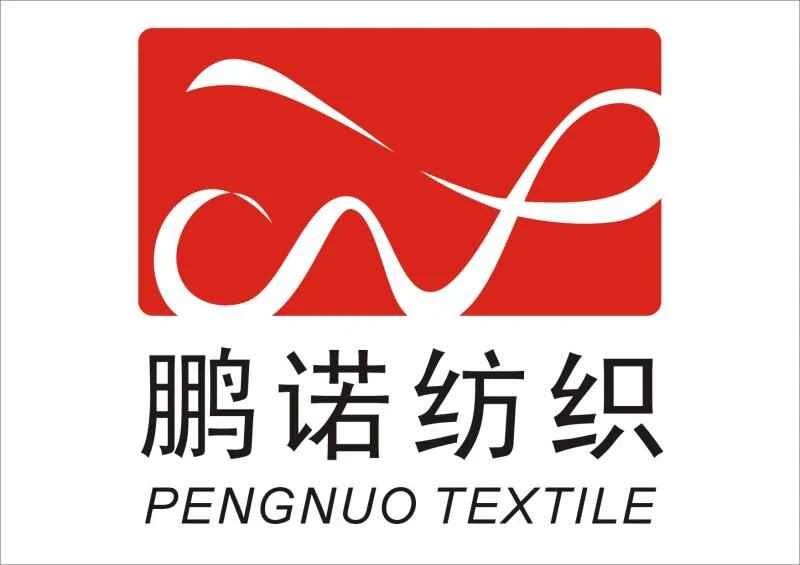

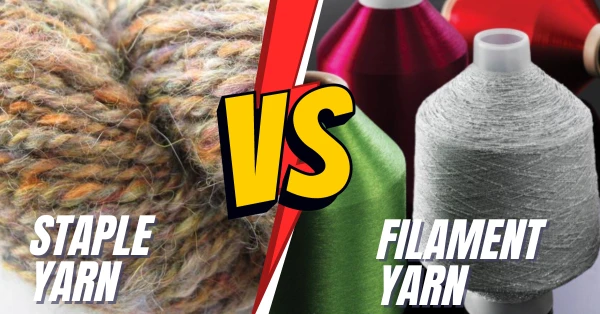
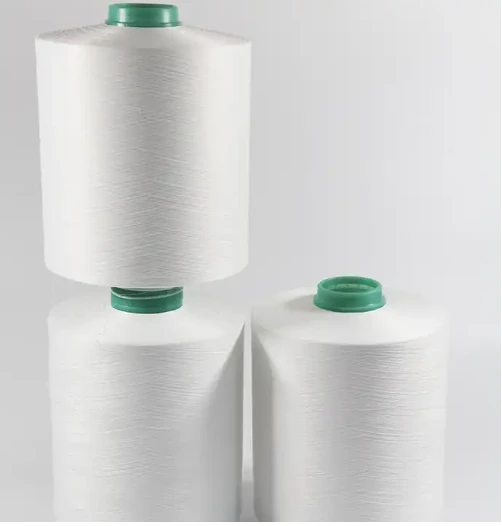
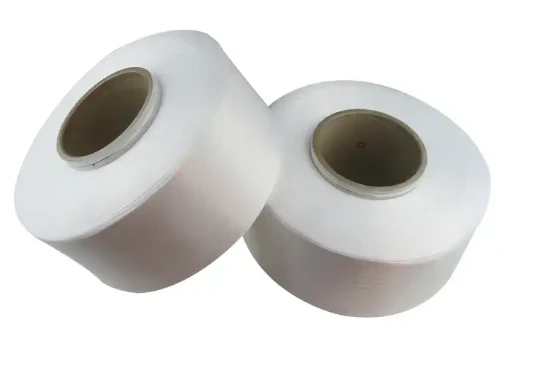
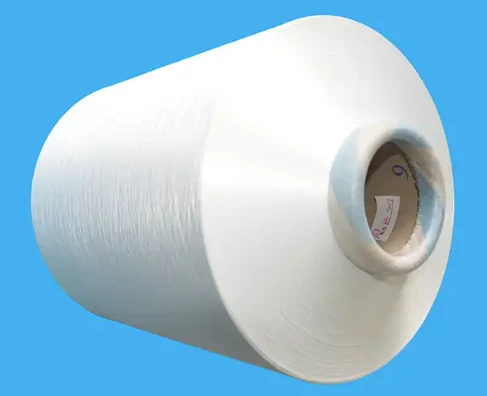
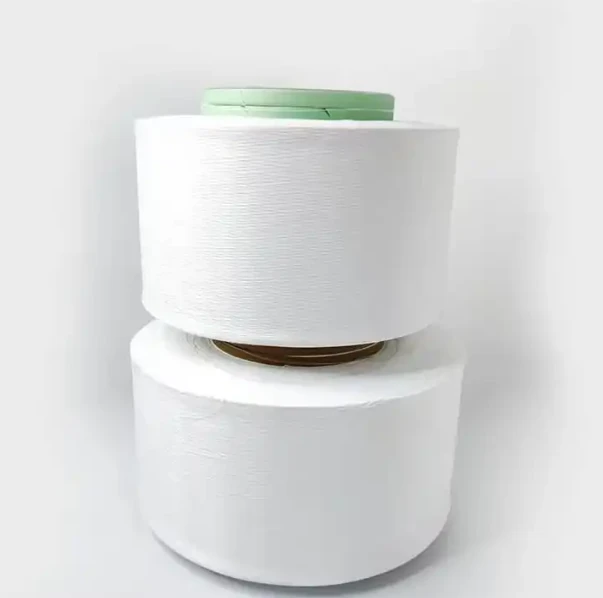
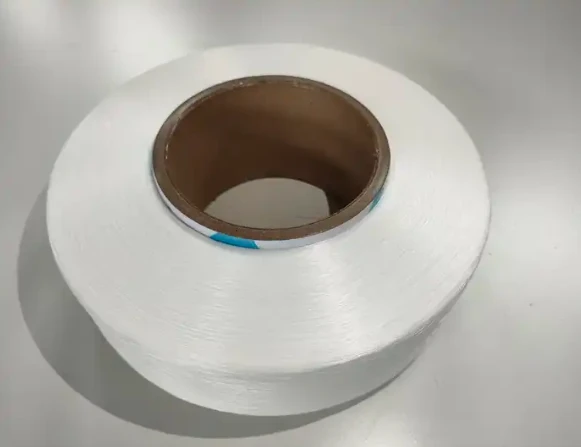
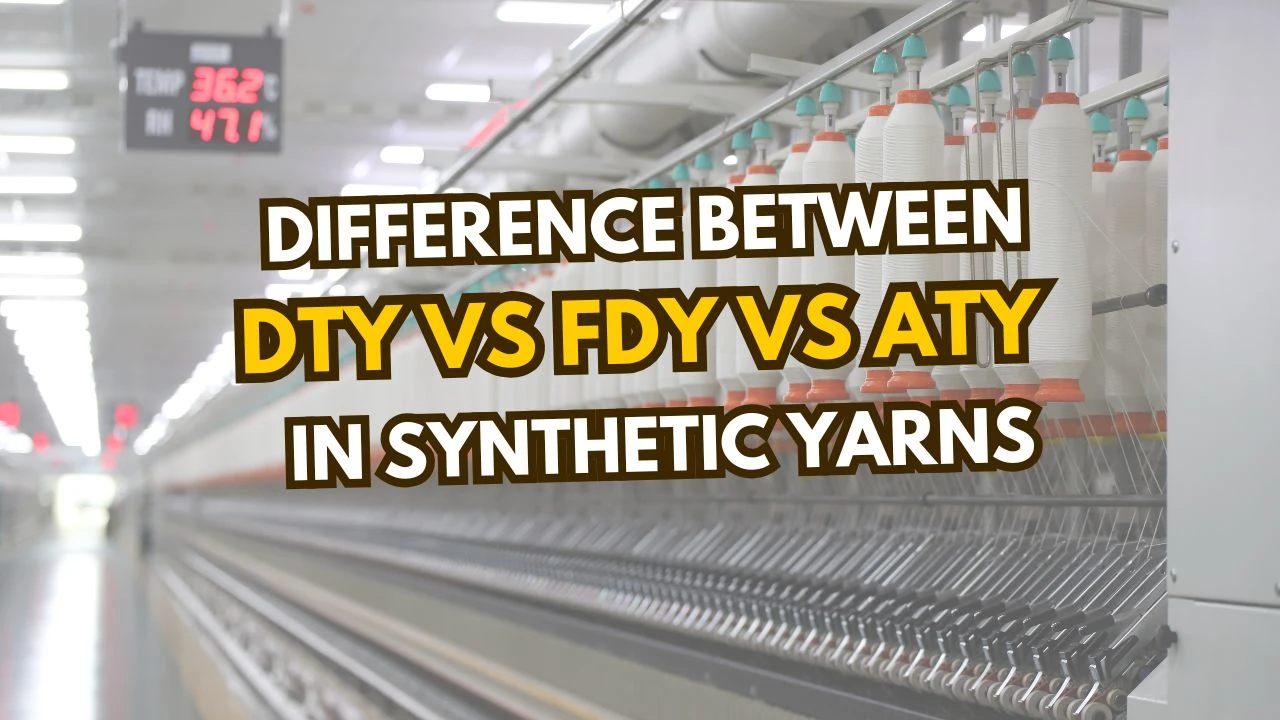
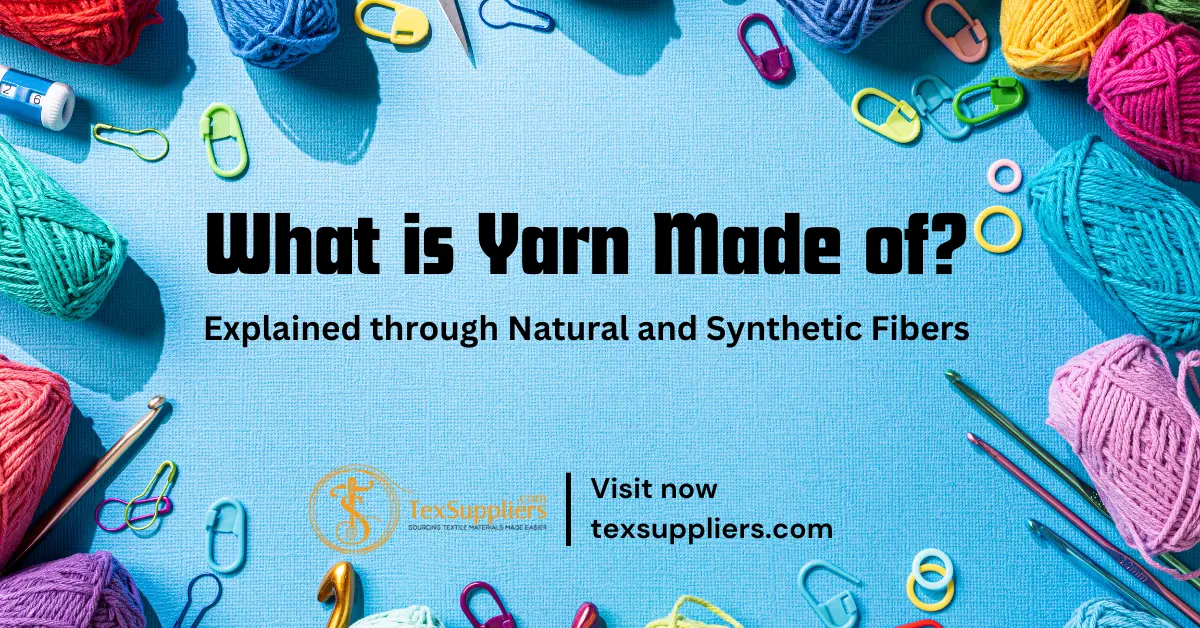
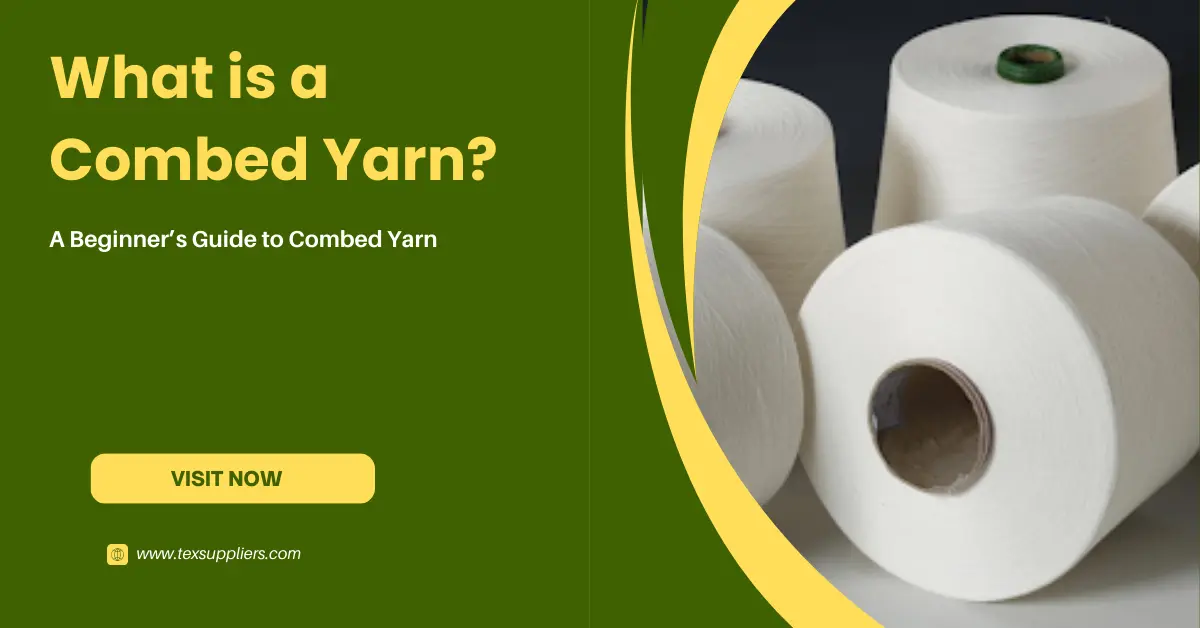
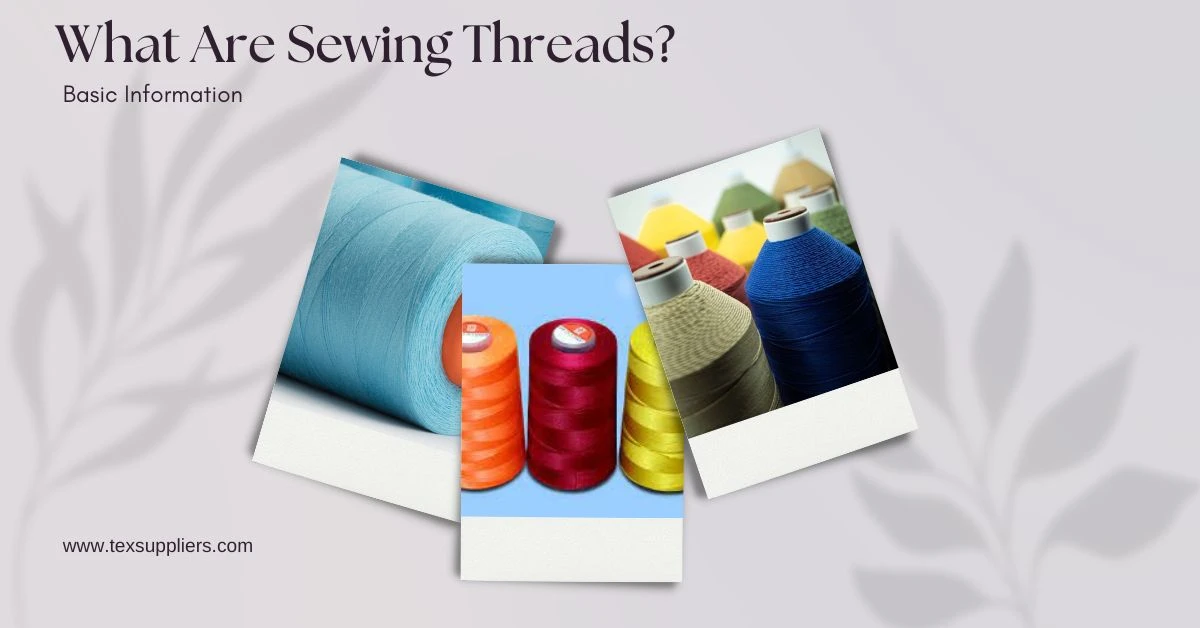
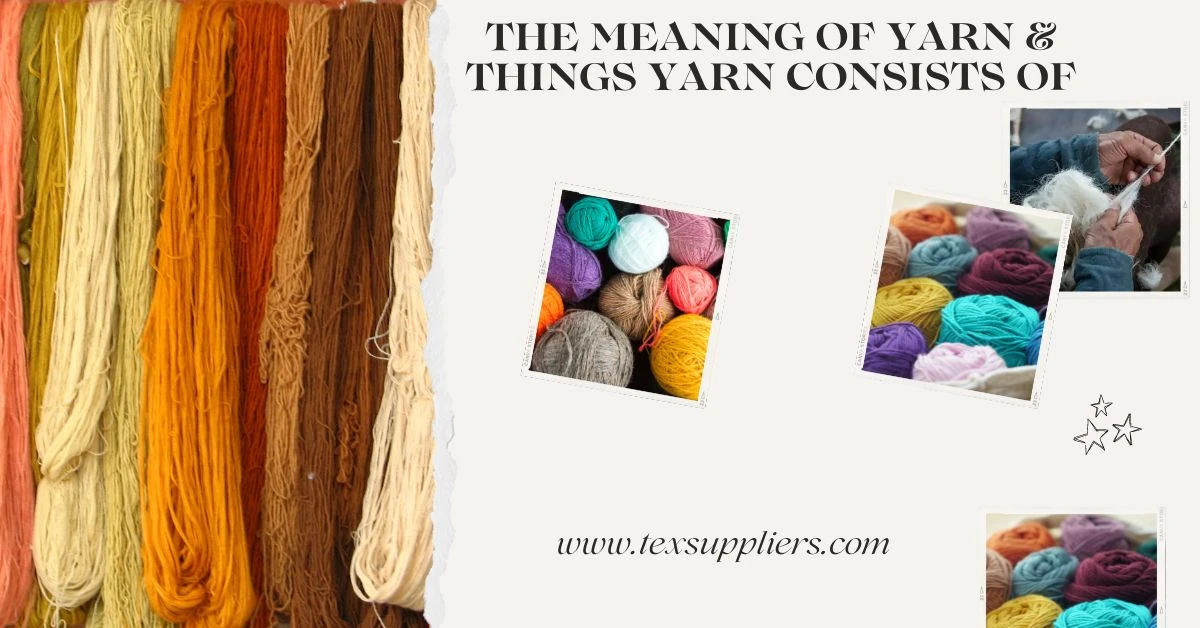
Comments - 00
Leave A Reply
Thanks for choosing to leave a comment.